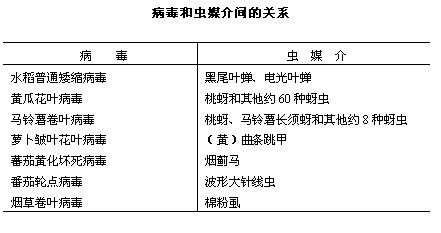Insect Vector Transmission Assays
互联网
627
Phytoplasmas are transmitted in a persistent propagative manner by phloem-feeding vectors belonging to the order Hemiptera, suborder Homoptera. Following acquisition from the infected source plant, there is a latent period before the vector can transmit, so transmission assays consist of three basic steps: acquisition, latency, and inoculation. More than 90 vector species (plant-, leafhoppers, and psyllids) have been discovered so far but many others are still undiscovered, and their role in spreading economically important crop diseases is neglected. Therefore, screening for vectors is an essential step in developing rational control strategies targeted against the actual vectors for phytoplasma-associated diseases. The mere detection of a phytoplasma in an insect does not imply that the insect is a vector; a transmission assay is required to provide conclusive evidence. Transmission experiments can be carried out using insects from phytoplasma-free laboratory colonies or field-collections. Moreover, transmission assays can be performed by feeding vectors on an artificial diet through Parafilm� , after which phytoplasmas can be detected in the sucrose feeding medium by PCR. Transmission trials involve the use of different techniques according to the biology of the different vector species; planthoppers, leafhoppers, and psyllids.









